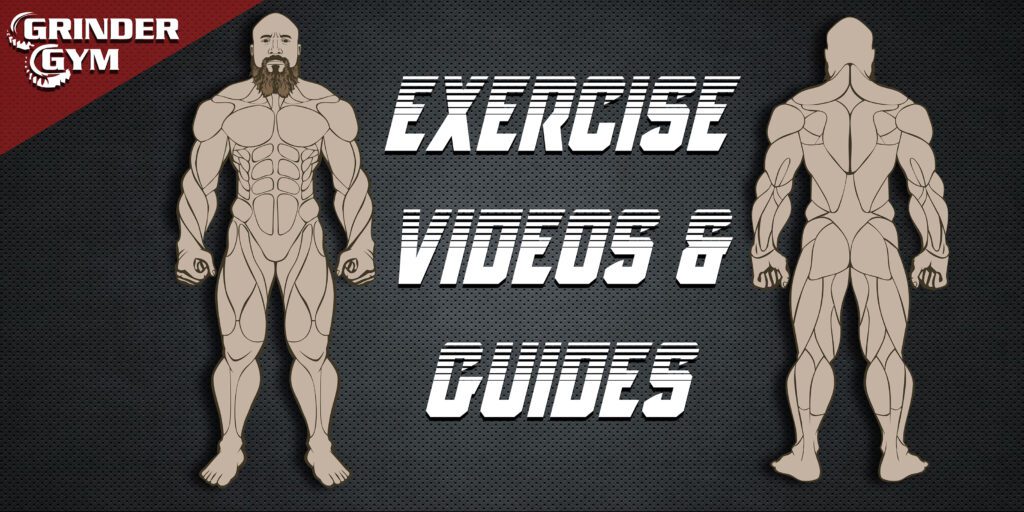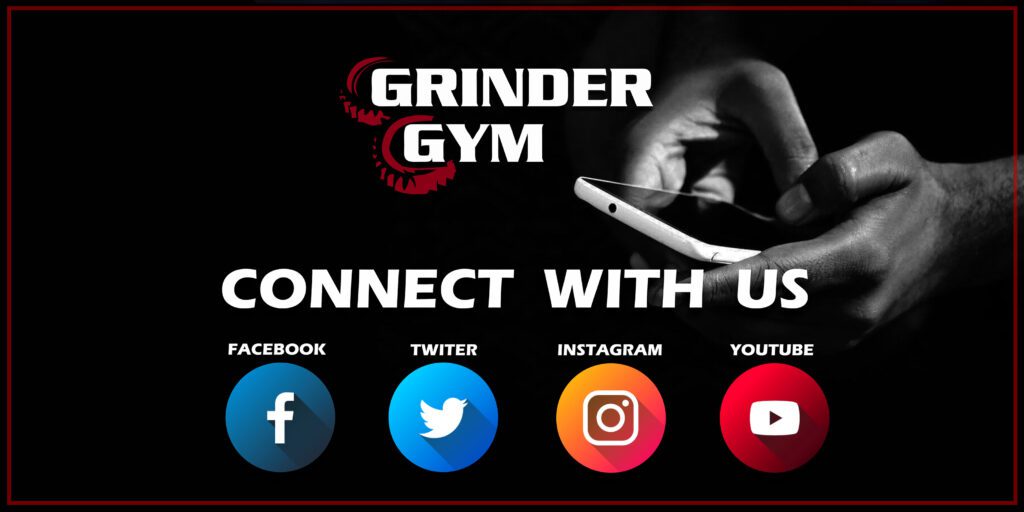Olympic lifting belts and powerlifting belts are two different types of weightlifting belts that serve different purposes. Here are the key differences between the two:
- Width: Powerlifting belts are generally wider than Olympic lifting belts, typically measuring between 10 and 13mm, while Olympic lifting belts are usually between 4 and 6mm in width. The wider belt provides more support for the lower back and core during heavy lifts.
- Thickness: Powerlifting belts are also thicker than Olympic lifting belts, with most being made of a single layer of thick leather, while Olympic lifting belts may be made of several layers of thinner leather or synthetic materials. This thickness provides additional support to the lower back and core.
- Buckle: Powerlifting belts usually have a large, sturdy buckle, which allows for quick adjustments during training. In contrast, Olympic lifting belts typically have a smaller buckle or no buckle at all, and are often designed to be tightened by pulling on the belt itself.
- Mobility: Olympic lifting belts are designed to allow for a greater range of motion during movements such as cleans and snatches. In contrast, powerlifting belts are designed to provide maximum stability during squats, deadlifts, and bench presses, often restricting range of motion to a certain extent.
- Competition requirements: Different competitions may have specific requirements for the type of belt allowed. For example, Olympic weightlifting competitions have specific guidelines for belt dimensions, while powerlifting competitions have different rules for belt thickness and width.
By understanding the differences between Olympic lifting belts and powerlifting belts, lifters can choose the type of belt that is best suited to their individual training needs and goals.

